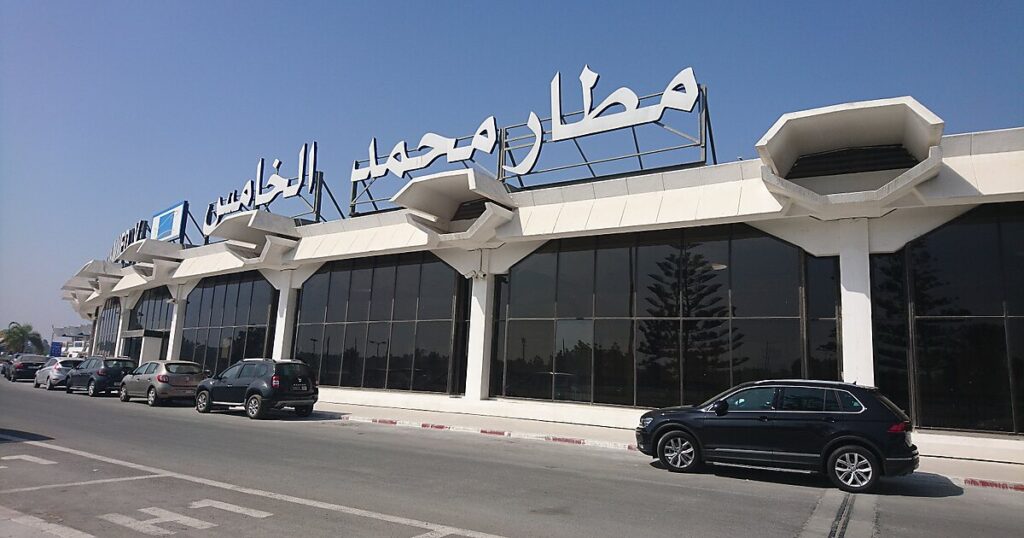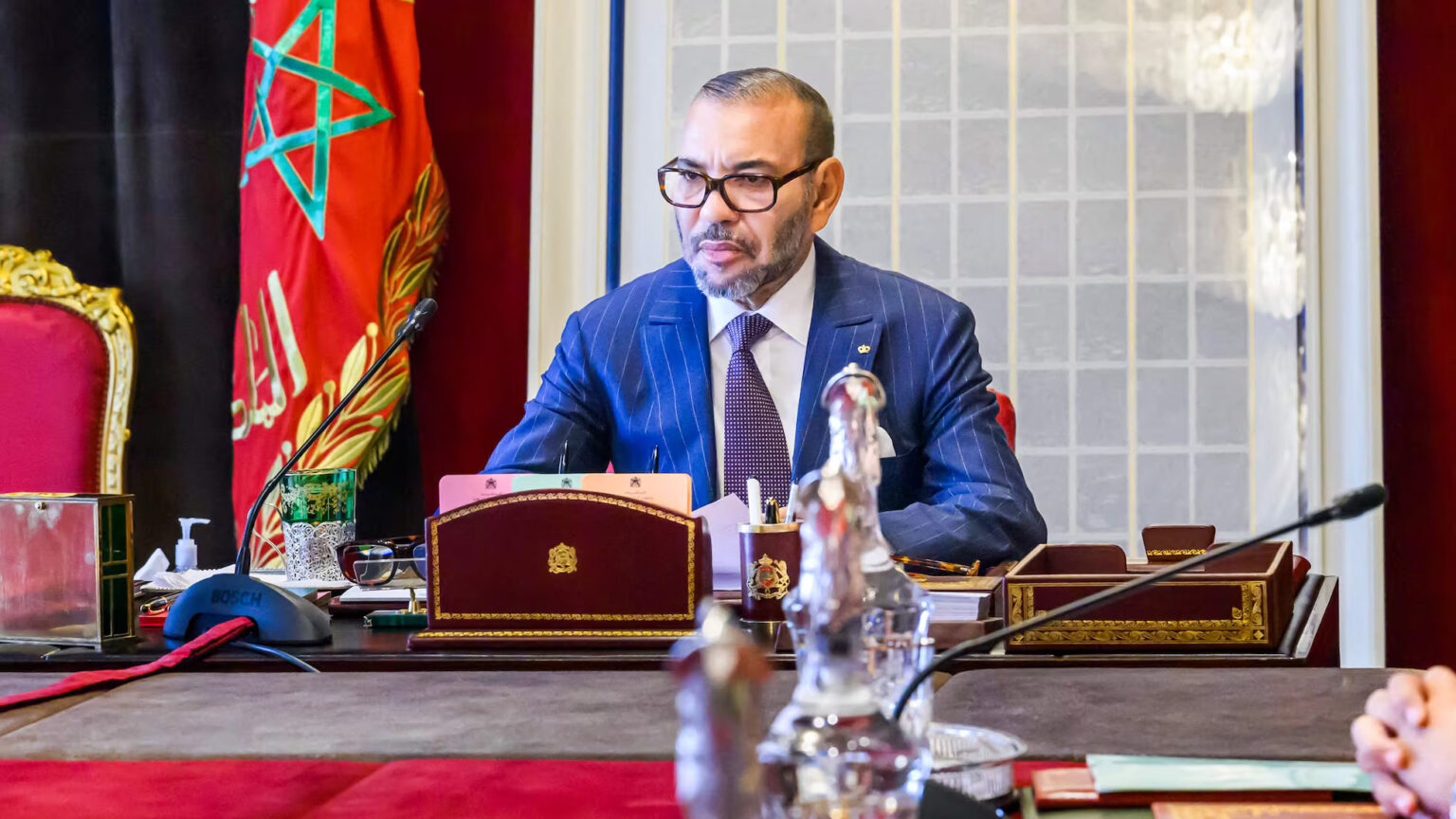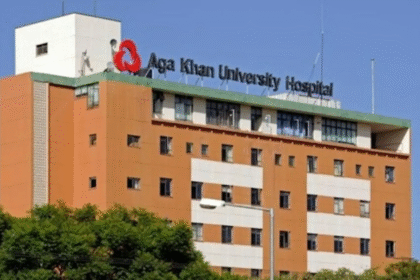At a Glance
- Casablanca-Sud station to serve 12 million travelers annually with multimodal transport links.
- Morocco to add 48 new train sets, with Hyundai Rotem building local plant.
- Project anchors Morocco’s 2040 rail vision connecting 43 cities, 12 ports and 12 airports.
King Mohammed VI, King of Morocco and member of the Alawi dynasty, has inaugurated a $2.2 billion railway program in Casablanca, marking one of Morocco’s biggest urban transport investments to date.
Launched on Sept. 24, the project is part of a broader $10.6 billion national mobility plan designed to cut congestion, link major cities and support economic growth.
Officials see the effort as key to easing pressure on Casablanca, Morocco’s economic hub and home to more than 4 million people.
Casablanca-Sud station at the core
At the heart of the initiative is Casablanca-Sud, a new terminal built to handle 12 million passengers annually. The hub will connect high-speed trains, regional services, a surface metro and a direct link to Mohammed V International Airport.

Two more modern stations are planned—one at Benslimane, near the Grand Stade Hassan II, and another inside the airport itself. Together, the three hubs are expected to serve 17 million travelers a year.
Beyond stations: new trains and a local factory
The plan also calls for 10 new metropolitan train stops, upgrades to existing terminals, new tracks and workshops, and the addition of 48 new train sets. South Korea’s Hyundai Rotem will supply the trains and build a plant in Morocco, a move that will bring manufacturing jobs and technical know-how into the country.
Financing the project
Funding will come from Morocco’s National Railways Office (ONCF), which will cover 70 percent, while regional authorities will provide the rest. Officials say the program is a cornerstone in efforts to modernize Casablanca’s network and integrate it into Morocco’s long-term transport plans.
Part of a 2040 rail strategy
The rollout in Casablanca is only the first step in Morocco’s 2040 rail vision. By then, the network aims to connect 43 cities, up from 23 today, extend rail access to almost 90 percent of the population, and link 12 airports and 12 ports.
Authorities say the investments will allow more frequent service, ease daily traffic and create space for new business districts in the city.
“This is more than infrastructure—it’s about how people will move and connect across Morocco in the years to come,” an ONCF official said.





